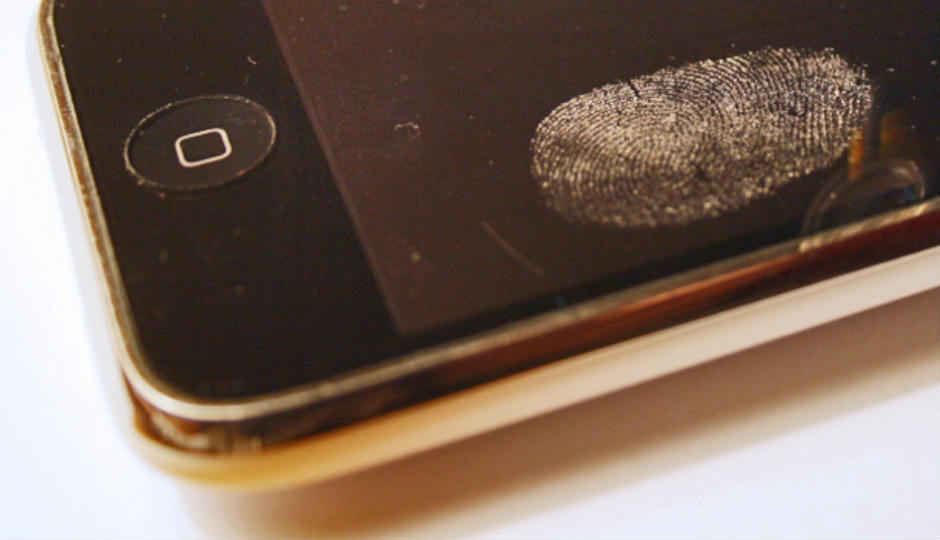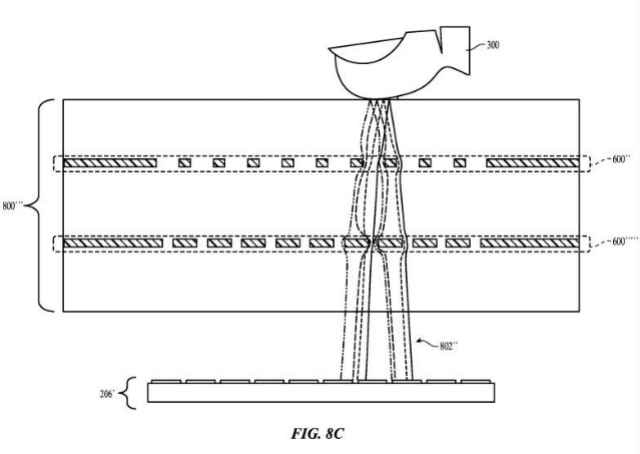Apple to feature display-embedded fingerprint sensor in next year’s iPhones?

The latest Apple patent describes "electric field differences between ridges and valleys of the fingerprint" on a capacitive display, falling in line with rumours of display-integrated Touch ID.
Over the last one year, we have come across multiple rumours that have hinted at Apple integrating the Touch ID fingerprint sensor on its iPhones and iPads on the display of the devices. Now, Patently Apple as spotted a patent filed by Apple on similar terms, somewhat affirming that this technology may indeed be on its way.
Reportedly granted with this patent in May 2016, Apple aims to use the "electric field differences between ridges and valleys of the fingerprint" on a capacitive display. An electrostatic lens will reportedly be used in a capacitive fingerprint sensor. This field difference will be conducted through to the sensing material embedded below the display, which will register and identify the fingerprint. Apple cites this is a way to “avoid assigning valuable surface space exclusively to a component that may only be used briefly during the process of identifying the user,” which seems to be a clear intimation on Apple’s behalf to remove the physical Home button.
Last year, Apple had filed a patent for fingerprint sensors to be embedded underneath OLED displays, following which it reportedly asked manufacturers and its supply chain to shift to OLED panels. 2017 marks the 10th anniversary of the company’s flag-bearer, the iPhone, and Apple is expected to present significant upgrades to the iPhone. While we have not heard much about OLED panels on next year’s iPhones, rumours have come by stating this, and we have also heard about Apple looking to remove the physical Home button to negate mechanical damages. The iPhone 7 has already moved on to a static panel that replicates the sense of a ‘click’ with a Taptic engine, and next year, it may move on altogether.
Xiaomi’s recently-launched Mi 5s employs a fingerprint sensor embedded underneath the display, using Qualcomm Sense ID, a part of the Qualcomm SecureMSM hardware foundation. The fundamental basis of this technology is similar – to negate physical barriers such as accumulated dirt and malfunctioning buttons to completely remove the need for passwords, and as such, increase security.
As the Apple iPhone 7 and iPhone 7 Plus goes on sale tonight, the sight of this new patent gives exciting prospects to what Apple may implement on 2017’s iPhone. You should still go buy the iPhone 7 if you intended to, but if you can, you should wait for the Anniversary Edition, for sure.





